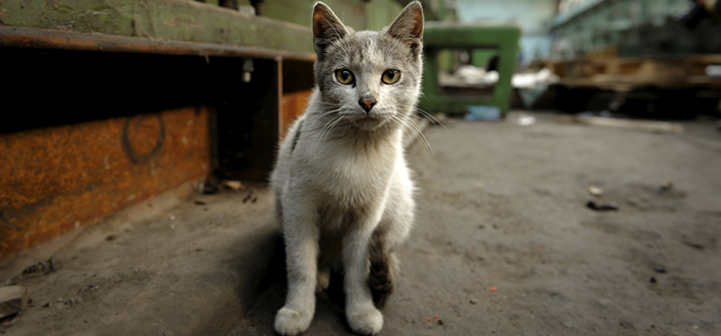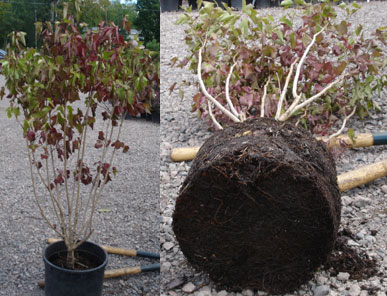Exclusion can be used to protect highly valued flower beds, gardens, shrubs, and trees from vole damage. Install woven wire or hardware cloth fences (1/4-inch or smaller mesh) around small flower beds or gardens to reduce vole activity. The fence …
How do I identify and control moles and voles?
Both moles and voles are active in many landscapes. Moles are generally carnivores and feed on grubs, earthworms, insects, and other animals in the soil. They seldom feed on plants or plant parts. Voles are generally herbivores and feed mostly …
If I see mole runs, can I tell how many moles I have?
The eastern mole (Scalopus aquaticus) is the most common and abundant mole in Kentucky and can be found in a variety of habitats dominated by loose, well-drained soil. Moles are found in suburban lawns, cemeteries, golf courses, pastures, …
How can I keep rabbits from eating my plants?
Fencing for Rabbits

Fencing is the most cost-effective solution. A 1-inch mesh fence of poultry netting (chicken wire will work but is not very durable) works well to protect gardens or perennial flower …
Trees and Shrubs: Problems
|
Trees and Shrubs | Selection | Planting | Maintenance | Problems |
Links to external web pages are followed by the source’s name in parentheses.

